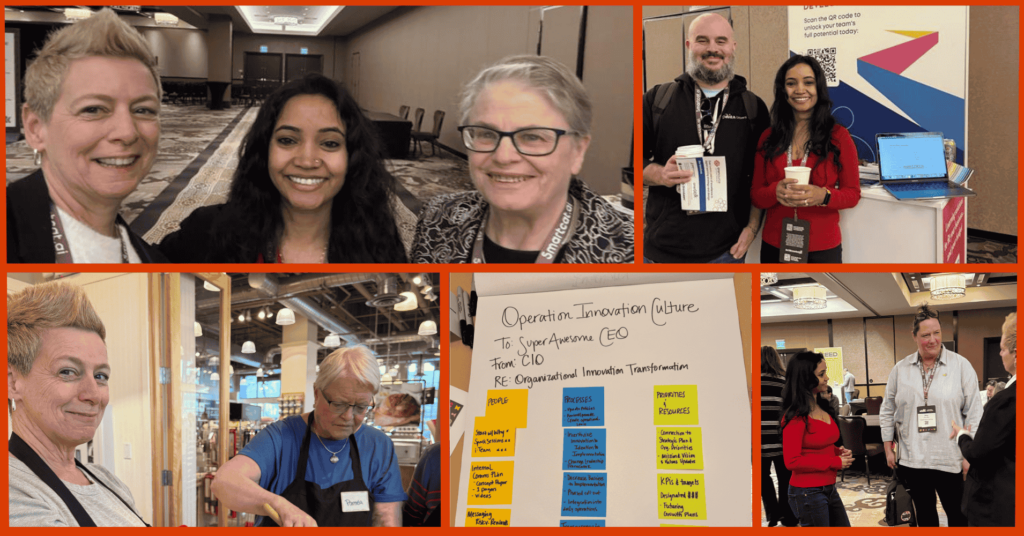By Rachel Walter
As we dive into Bullying Prevention Month, I find myself reflecting on the subtle ways disrespect and dehumanization have become normalized in our world. As an aunt to teenagers, I’ve noticed this trend not only in the way they refer to each other but also in something as simple as the songs they choose to listen to. It’s troubling when my nieces and nephews can sing along to hurtful and degrading lyrics without questioning their messages, and it’s a stark reminder of how quickly toxic behavior can seep into their daily lives.
This got me thinking about a conversation I recently had with my nephew. I asked him to help with a chore. Without hesitation, he accused me of “bullying” him. It was a jarring moment, but it’s also something I’ve heard from other adults—children increasingly use the term “bullying” to describe any situation where they are asked to do something they don’t want to do. This overuse of the word can diminish the seriousness of real bullying and contribute to an environment where any authority or structure is viewed with disdain.
The Bullying Problem
Research from the American Psychological Association (APA) highlights how a lack of respect in interpersonal relationships contributes to dehumanization, which can create environments ripe for bullying. Studies show that dehumanization—a process where individuals no longer see others as fully human—is on the rise, particularly online. This detachment can make it easier for kids to engage in harmful behaviors like bullying without fully understanding the impact on their peers.
The survey Youth Right Now, from the Boys & Girls Clubs of America, reported a significant increase in school bullying: “The key takeaways on bullying: 40% of youth say they were bullied on school property in the past year, 14% higher than in 2019. Around 18% of youth have experienced cyberbullying — of those, 55% didn’t tell an adult.” Cyberbullying could be text messages, social media, and even in video games.
Technology: Helpful and Harmful
It’s hard to ignore the role technology plays in all of this. While it opens doors to connection and creativity, it also enables bullying and other harmful behaviors to flourish out of sight. As concerned adults, we have to ask ourselves: How do we protect our children without overstepping? This is where tools like Bark, Qustodio, and Net Nanny can be lifesavers for parents and guardians. Bark, for instance, monitors texts, emails, and social media platforms to flag content that might indicate bullying, violence, or other concerning behaviors. While it’s helpful to know what our children are exposed to, it can also feel invasive.
When should we step in? When should we let them sort it out themselves? There’s no easy answer. I’ve seen firsthand how monitoring my nephew’s activity has helped me catch early signs of distress, but I’ve also experienced the struggle of balancing his need for privacy with my role as the caretaking adult in his life. It’s a delicate dance.
At times, this monitoring gives insight into a child’s world that might otherwise go unnoticed. For example, I’ve seen lyrics in some songs that glorify aggression or promote a toxic view of relationships. Do they really believe in what these lyrics suggest, or are they just drawn to the beat? Should I have a conversation about it? These are questions we, as concerned adults, face every day.
School/Workplace Connection
This struggle parallels what we see in toxic work environments. Just as in school, where some kids become aggressors while others are forced to endure bullying, workplaces can foster similar dynamics of disrespect and dehumanization. The behavior we see developing in our children can easily translate into adulthood if left unchecked. I’m currently working on an article that dives deeper into the links between childhood bullying and workplace toxicity—stay tuned for that.
In the meantime, let’s focus on what we can do now. Educate yourself about the resources available to you (stopbullying.gov is a great start). Learn how to be more tech savvy (check out Common Sense Education’s Digital Citizenship resources). Encourage open dialogue with the children in your life, helping them understand the difference between structure and bullying. Model respectful communication.
Navigating this landscape is challenging. As adults, we have the responsibility to guide the next generation into a world where respect, empathy, and understanding prevail over aggression and disrespect. It starts with awareness, continues through our daily actions, and evolves through our ability to engage in meaningful conversations with our children.
If we can teach our kids to respect themselves and each other, both online and offline, we’re laying the groundwork for a healthier future—for them and for the workplaces they’ll one day enter.


